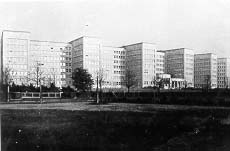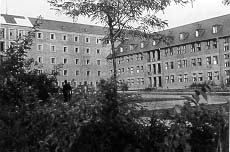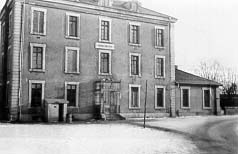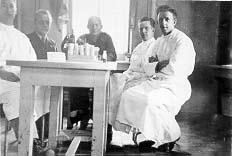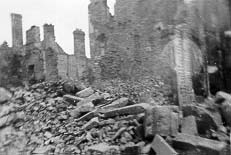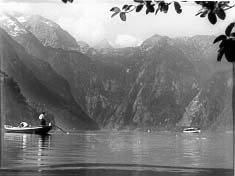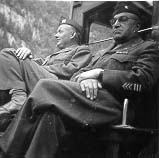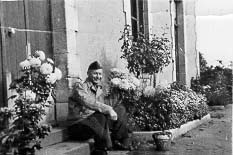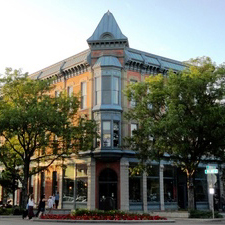Serving in a Military Hospital Laboratory: Recollections of Francis E. Clark, Major, Medical Department, U.S. Army, European
Serving in a Military Hospital Laboratory: Recollections of Francis E. Clark, Major, Medical Department, U.S. Army, European
Author: Francis E. Clark
1995
Clark's recollections are those of a non-combatant. His military service was as a microbiologist for a U.S. Army General Hospital that was among the first to operate in England and after D-day among the first to operate on the continent. He saw many severely wounded U.S. soldiers, many deaths, and some unique and even bizarre situations:
One prisoner of war died a particularly strange death. He had been working in an ordnance depot, moving phosphorus incendiaries, under guard. Happening upon a grenade, he struck back at his captors by hurling it at the soldiers guarding him. One guard made a lucky catch and threw the grenade back at the prisoner. It exploded amidst the phosphorus incendiaries, embedding the prisoner with many bits of live phosphorus. It took him a day or so to die, during which time his "phosphorus" had to be kept irrigated to prevent it from bursting into flame. Irrigation was continued even in the morgue.
One of the more unusual wounds Clark recalls was that of a soldier with every part of his head below the eye sockets and in front of the pharynx shot away. The poor man had no nose, tongue or jaws. Although he could not speak, his eyes said he knew he was going to die; yet with intensive medical support, he lived for two weeks in this dreadful condition.
At the end of the war, the hospital received several dozen severely debilitated concentration camp survivors in the final stages of starvation, their wrinkled skin stretched tightly over bone. Those who survived transfer to the hospital were stabilized before being sent to other facilities. They were offered three meals a day, plus a nutritious drink and a small sandwich between meals. They didn't talk and didn't appear to be heavy eaters, and when their section of the ward was cleaned, many small caches of food saved from their meals were found. They had been starved so long they could not conceive of any continuing availability of food.
What Clark remembers especially is the extreme devotion of the doctors and nurses to their patients. The most severe injuries were treated as challenges and were eagerly measured.
Although his service gave him the opportunity to enjoy interesting, beautiful and historic places in England, Scotland, France, the Austrian Alps, and Germany, these pleasant memories were only interludes from difficult work. As a microbiologist, Clark diagnosed specimens of an array of contagious diseases. "What did continue month after month after month were the sick and wounded, and the blood, pus, urine, gangrene, sputum and cadavers." He included his laboratory summation of specimens handled during just the month of April 1944. It included 9,439 laboratory procedures, classified as to type and number.

